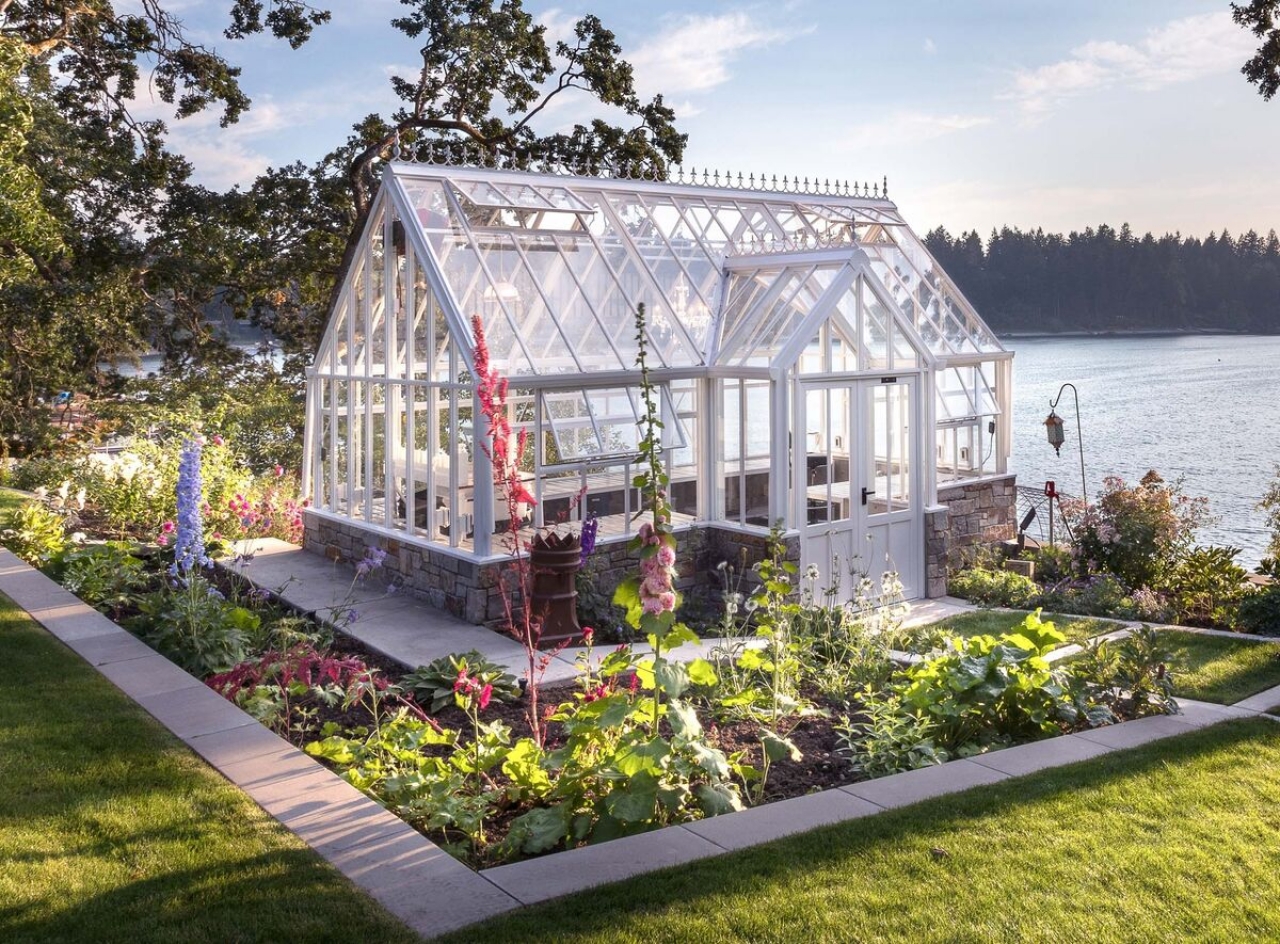1. Think About What to Plant
Do you intend to grow vegetables? a garden of herbs? a floral yard? Plant veggies and herbs that your family will eat or be open to trying if you want them to contribute to your supper menu. Choose between annuals, which bloom for the majority of the summer but require replanting every spring, and perennials, which bloom for a shorter period of time but come back year after year, if you prefer flowers for their flair, color, and scent. Each one, or perhaps a mix of them, creates a beautiful landscape but will demand a different level of upkeep. One piece of guidance: Begin modestly until you understand what you're getting into.
2. Choose the Best Garden Location
The majority of blooming plants and almost all vegetables require 6 to 8 hours a day of full light. In order to determine whether areas of your yard receive full sun vs partial or complete shadow, you must keep an eye on it throughout the day. The majority of your yard may be shaded, but don't panic; since many other plants can like hostas and outdoor ferns can't thrive in shadow. For assistance in determining how much light a plant need, see the plant tags or speak with the staff at your neighborhood garden shop.
3. Clean Up the Area
In the area where you intend to plant, get rid of sod and weeds. Cut it out if you want results right away, as if it's already spring and you want vegetables this summer. Use a spade to cut through the sod. To make it simpler to remove, cut the sod into chunks.
4. Test Your Soil, Then Improve It
Have a soil test performed by your local cooperative extension office to learn more about your soil. They'll walk you through the steps, explaining when to take samples and how much soil to send from various areas of the garden. The results, which will reveal what your soil lacks and how to improve it, should take two weeks to come in. You may also use a DIY kit, which might not be as comprehensive but will give you a general understanding of the nutrient levels in your soil.
5. Get your planting beds ready.
Before planting or sowing in new beds, loosen the soil to make it easier for roots to develop and reach the water and nutrients they require. There are two techniques: hand digging or mechanical tilling with a rototiller or other similar tool. When you need to mix in a lot of adjustments, the first one is a suitable technique. However, it's simple to go overboard, which may harm the soil's structure. Small beds are easier to prepare by digging.
6. Choose Your Plants.
Some individuals spend months poring over catalogs, while others visit the garden center and purchase what impresses them. Either approach works as long as you select plants that are suited to your region's soil, temperature, and sunshine. Even searching for plants to buy online is possible. Here are a some beginner-friendly plants:
Calendula, cosmos, geraniums, impatiens, marigolds, sunflowers, and zinnias are examples of annuals.
Black-eyed Susans, daylilies, lamb's ears, pansies, phlox, purple coneflowers, and Russian sage are some examples of perennials.
• Vegetables: lettuce, tomatoes, cucumbers, and peppers
7. Begin planting
You can plant certain plants in the fall or the late winter since they can withstand the cold, including pansies and kale. Conversely, tomatoes and the majority of annual flowers enjoy warm weather, so wait to plant them until the risk of frost has gone in your region. Planting perennials is best done in the middle of spring and the middle of fall.
8. Water at the Right Time
Seedlings should never be allowed to dry out, so water daily. Taper off as the plants get larger. Transplants also need frequent watering (every other day or so) until their roots become established. After that, how often you need to water depends on your soil, humidity, and rainfall, though once a week is a good place to start. Clay soil dries out more slowly than sandy soil, so you won't need to water it as often. Sunny, windy conditions dry out soil more quickly than cool, cloudy weather. Still not sure? Feel the soil 3-4 inches below the surface. If it feels dry, it's time to water. Water slowly and deeply, so the water soaks in instead of running off. To minimize evaporation, water in the early morning.
9. Mulch Will Protect Your Garden
Add a few inches of mulch to the soil to help keep weeds out and moisture in. You won't need to water as frequently, and by shielding the soil from sunlight, you'll stop weed seeds from sprouting. Just be careful not to mulch over any seeds you intend to plant or they might not even sprout.
10. Regularly maintain your garden.
Keep up with garden tasks as your garden starts to expand to ensure that it reaches its full potential. Don't let the plants dry out; water them. Eliminate weeds before they bloom. Get rid of any infected, sick, or dead plants. Pick them off the plant and put them into a pail of sudsy water, hose them off, or spray on an insecticidal detergent you can buy at a garden shop to get rid of damaging insects (like tomato hornworms). Use a trellis, a stake, or a tepee to support tall plants (like tomatoes). Vegetables should also be harvested as soon as they are ripe. Also, don't forget to pause and take a whiff of whatever it is you're cultivating.


 By
By 



Share this with
Email
Facebook
Messenger
Twitter
Pinterest
LinkedIn
Copy this link